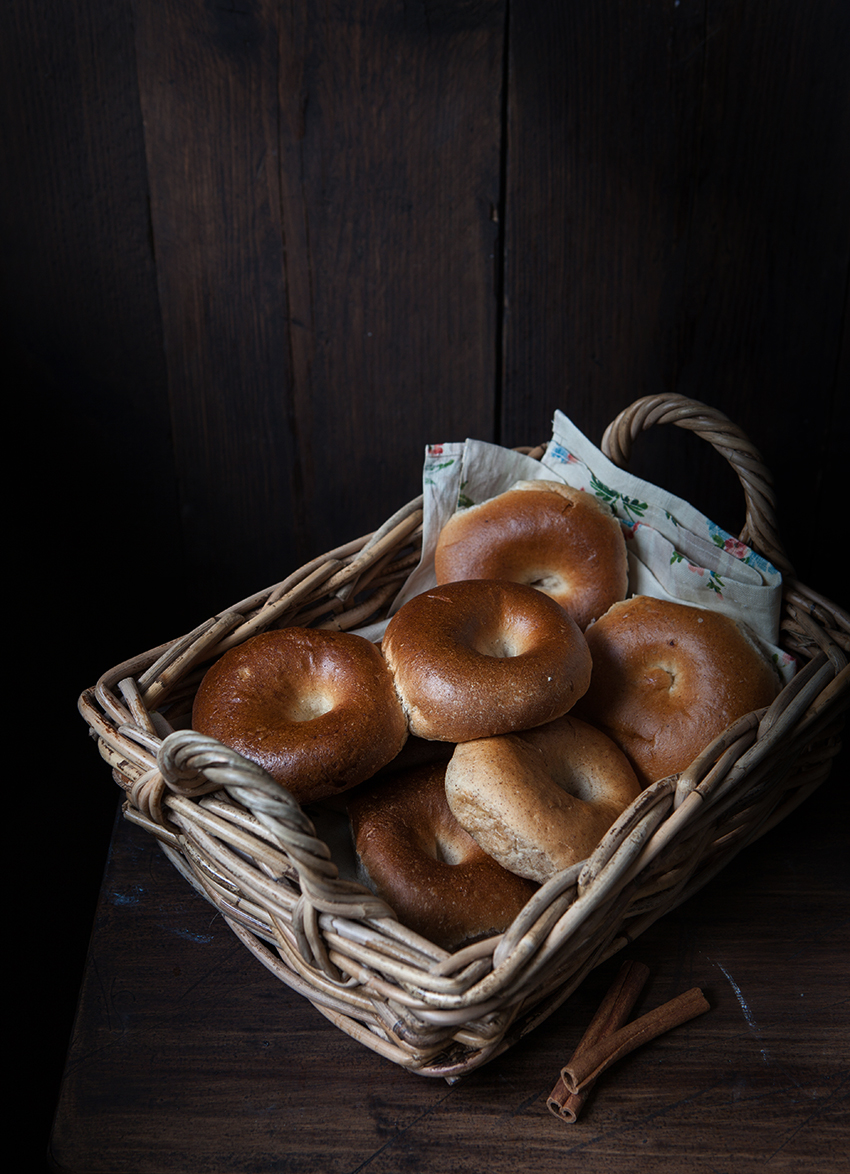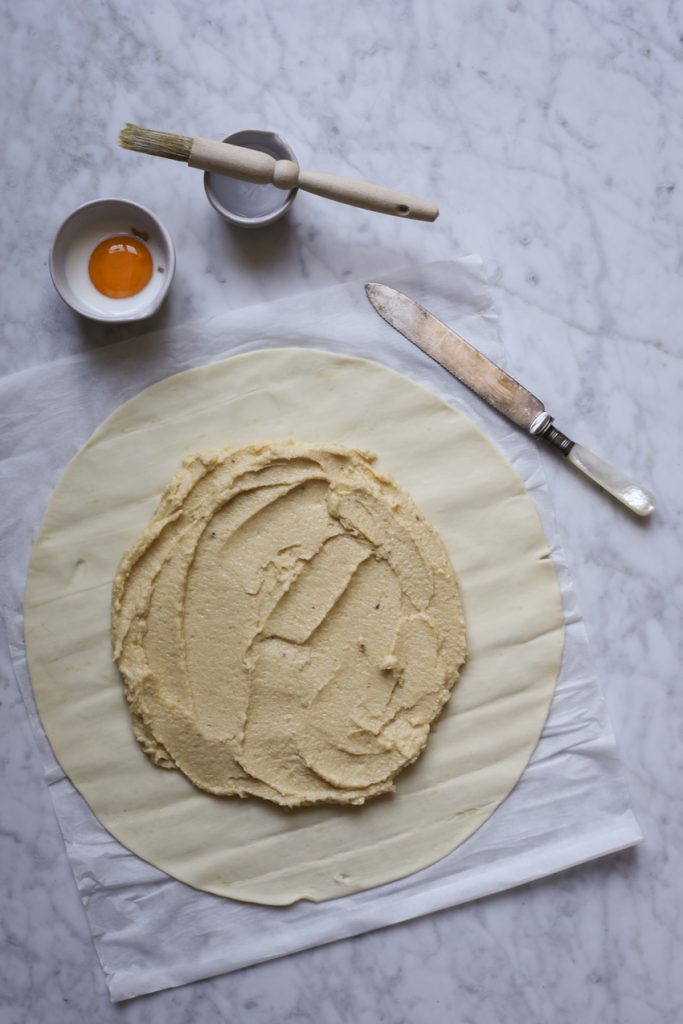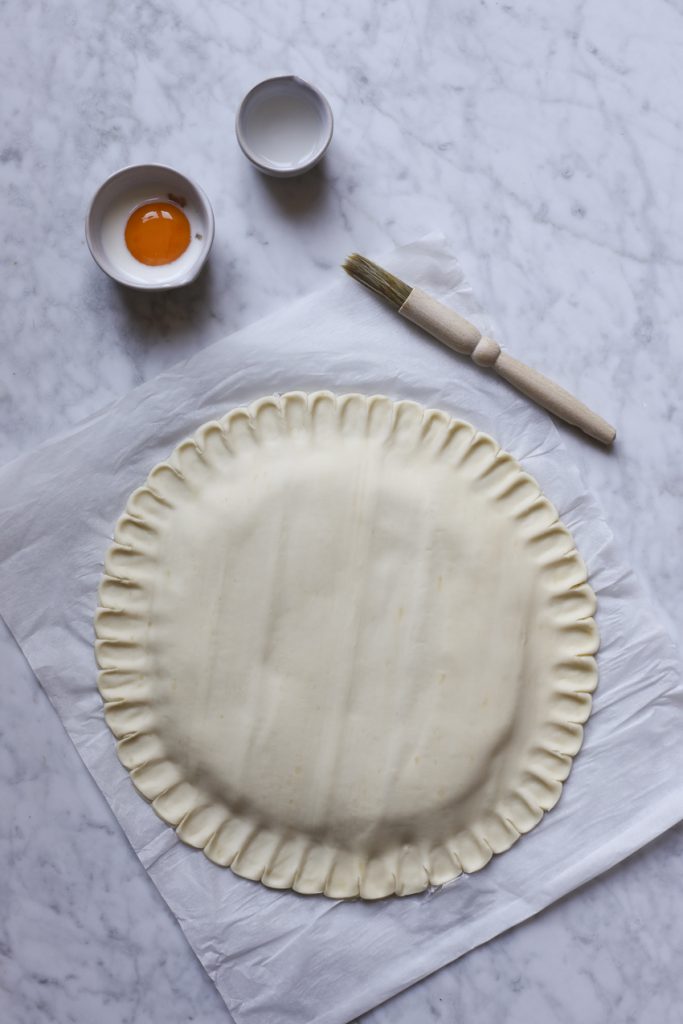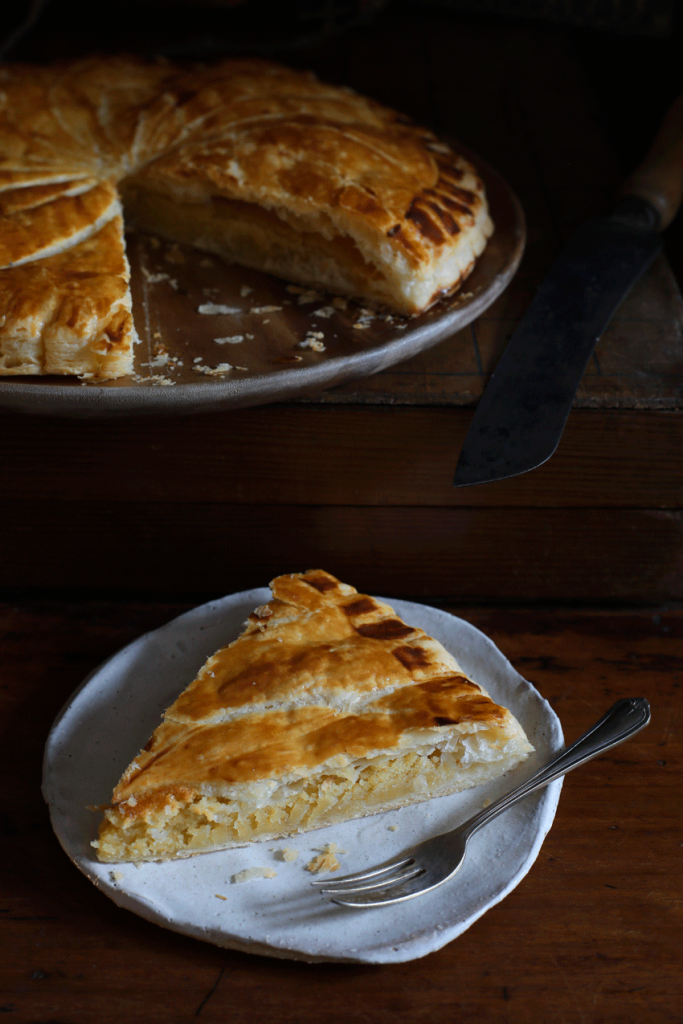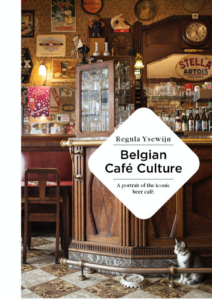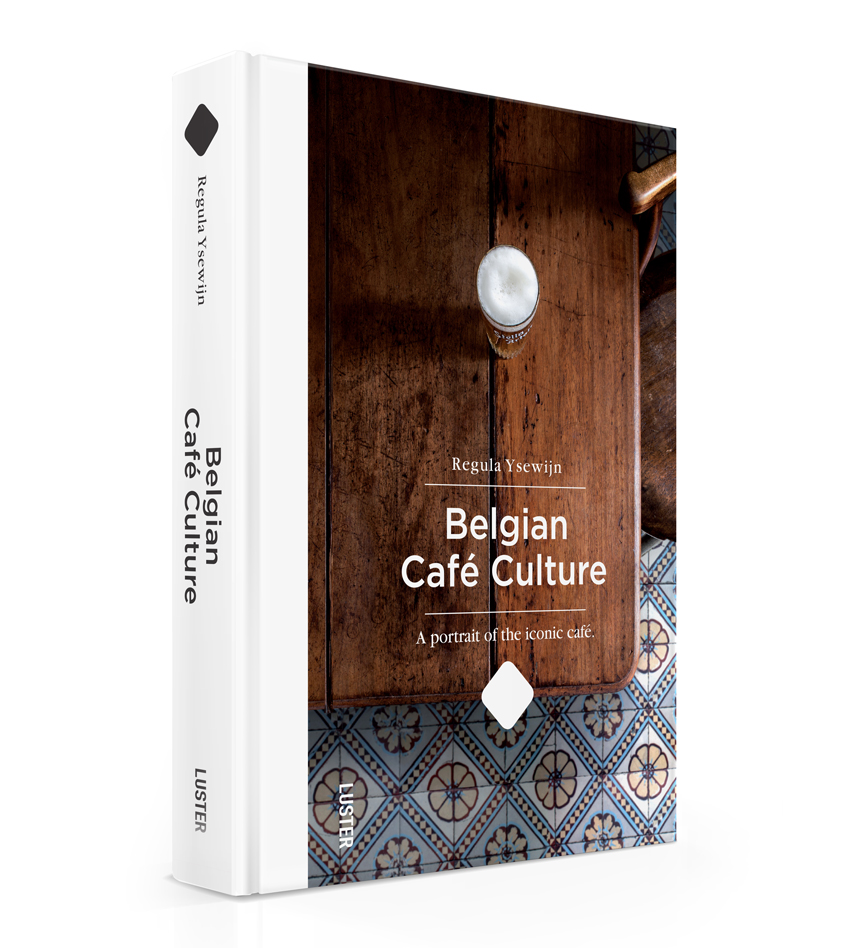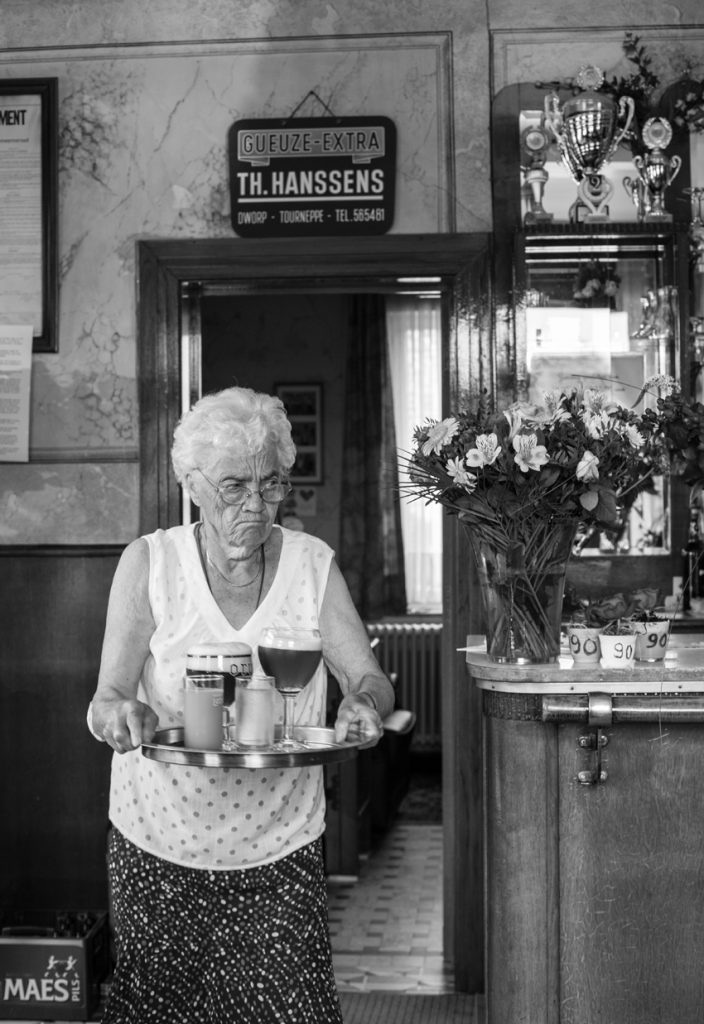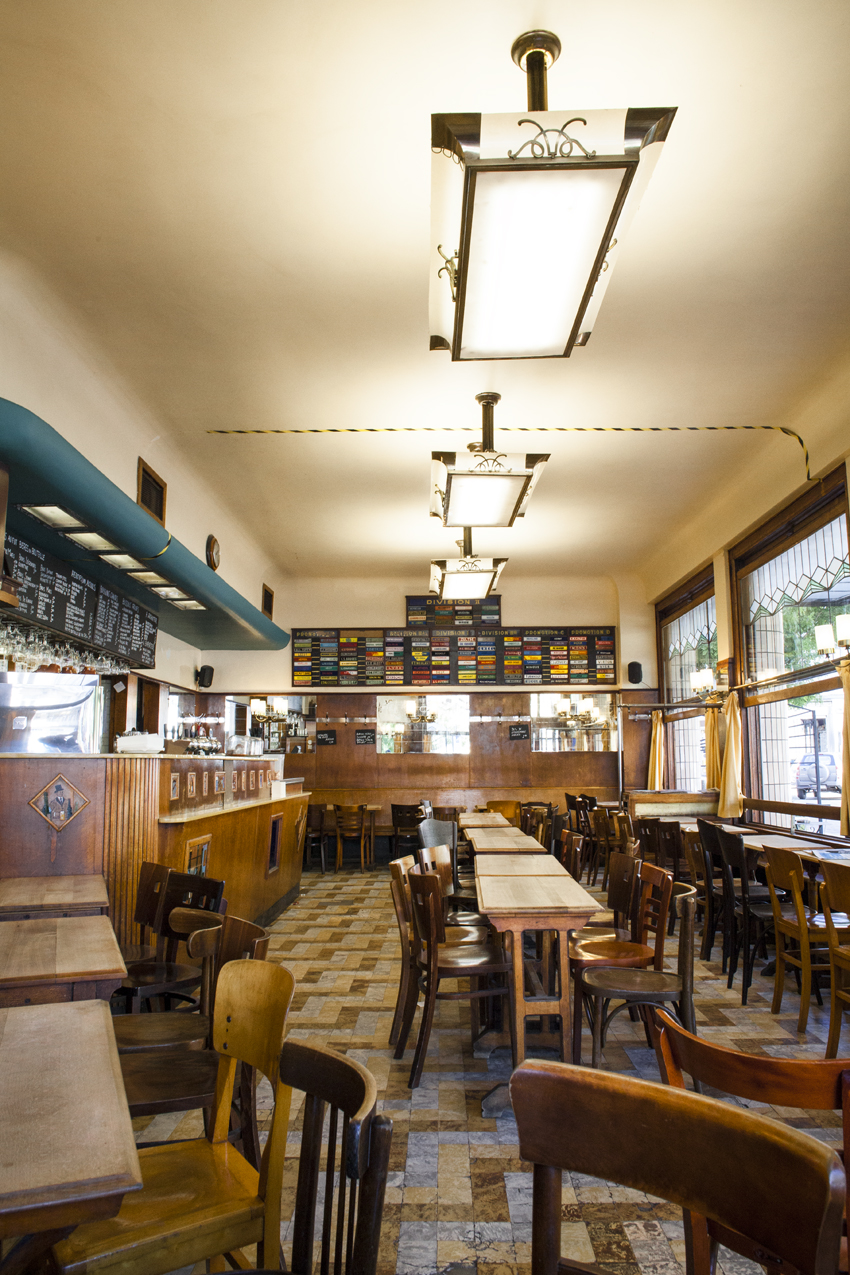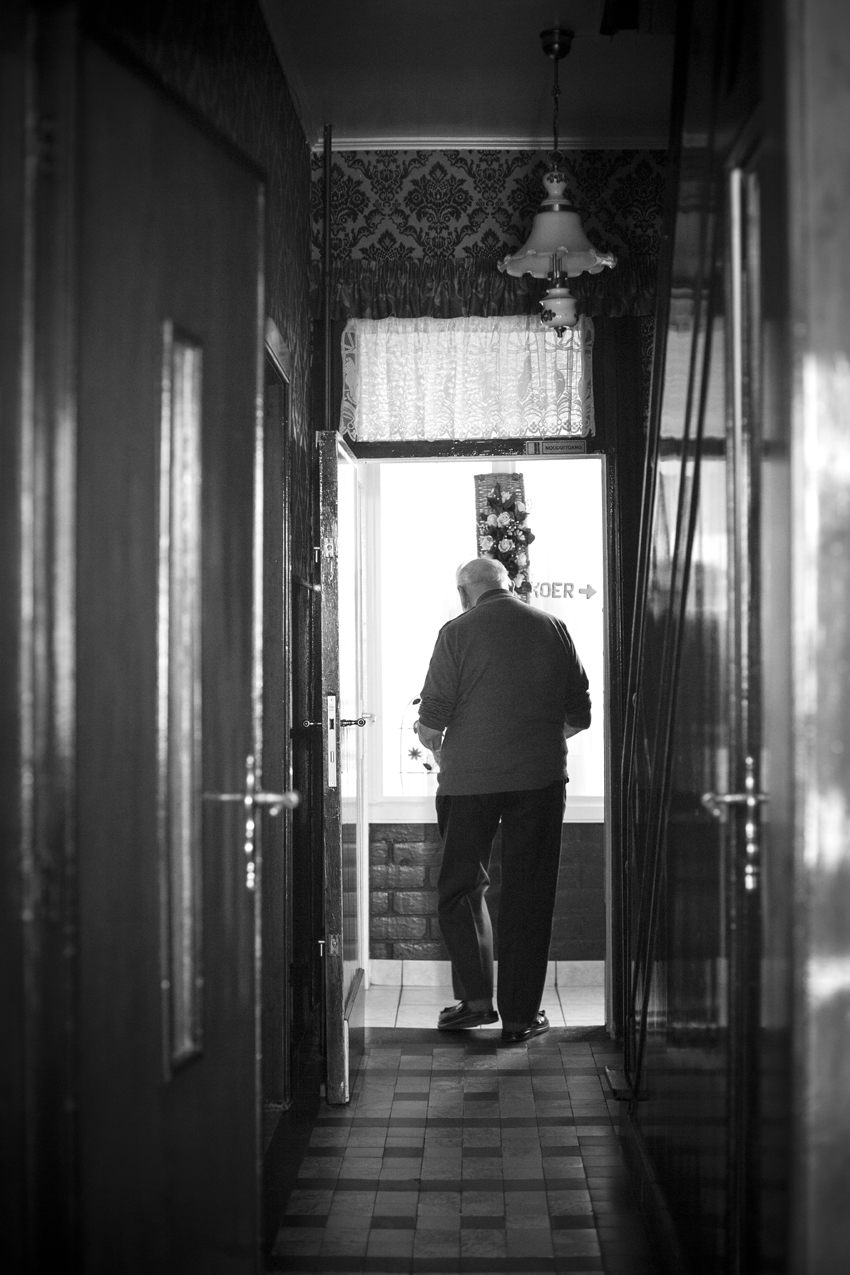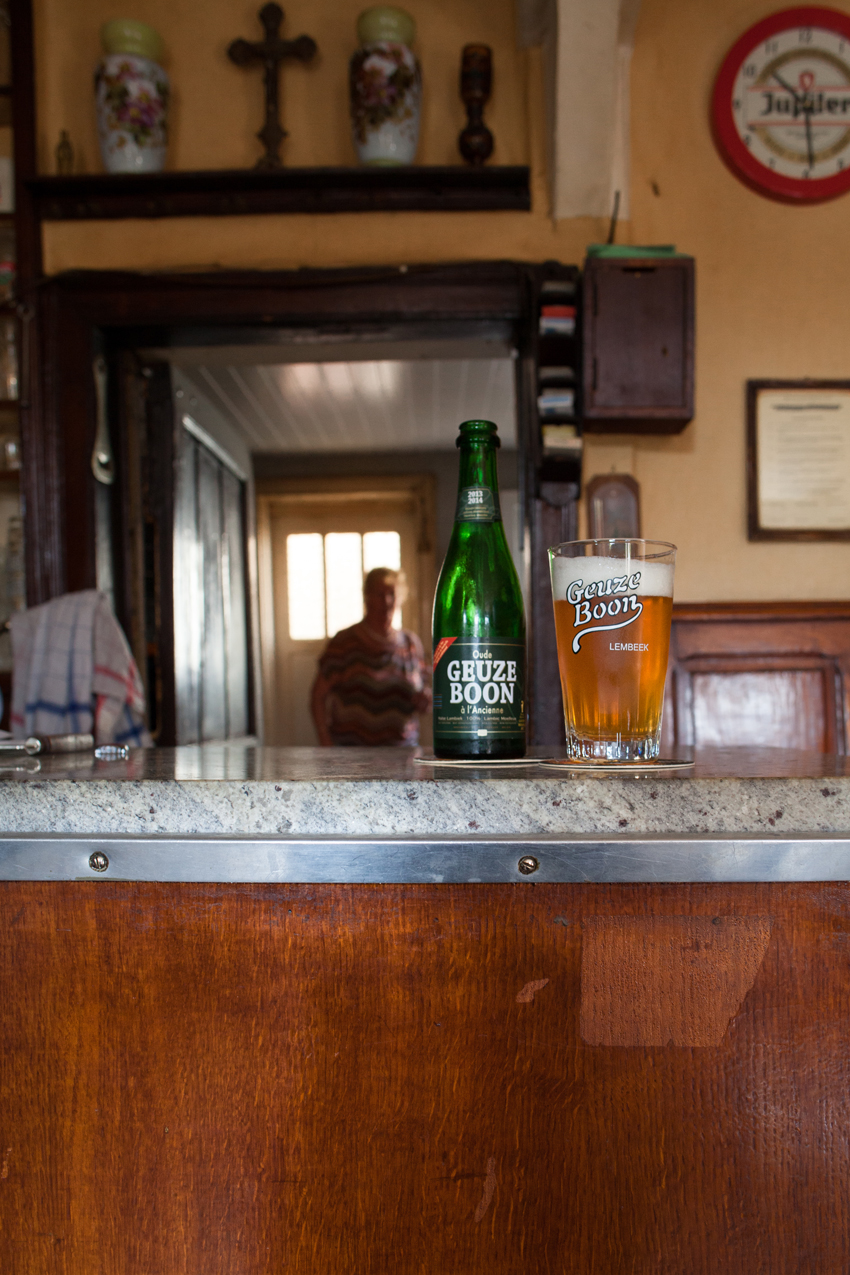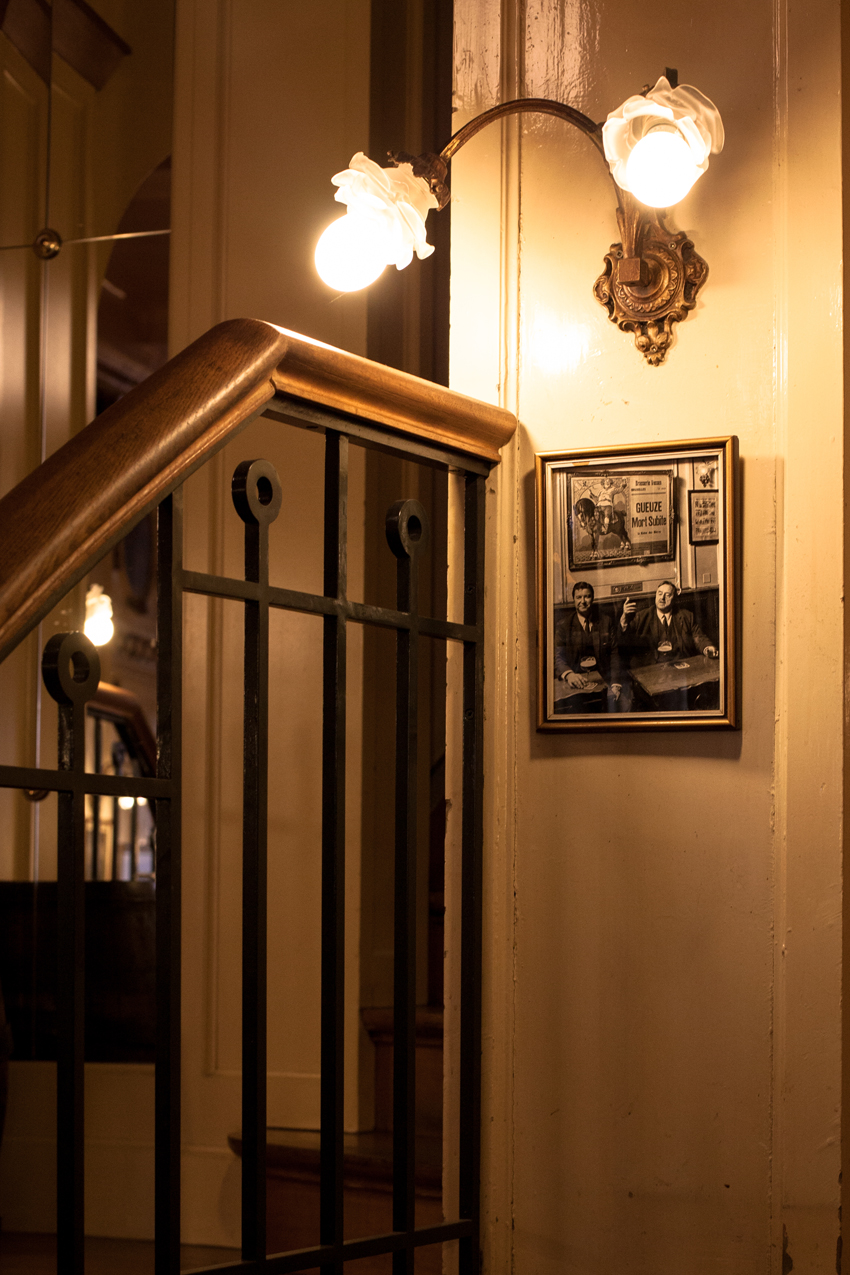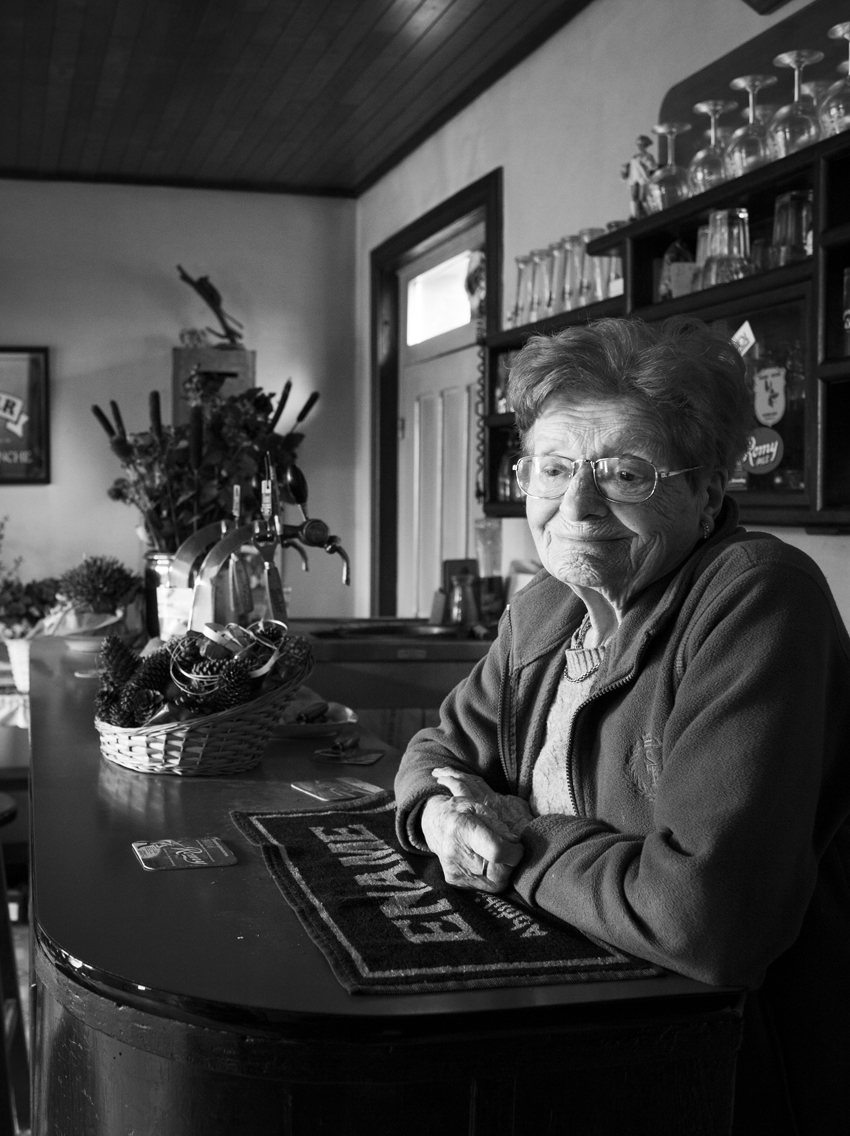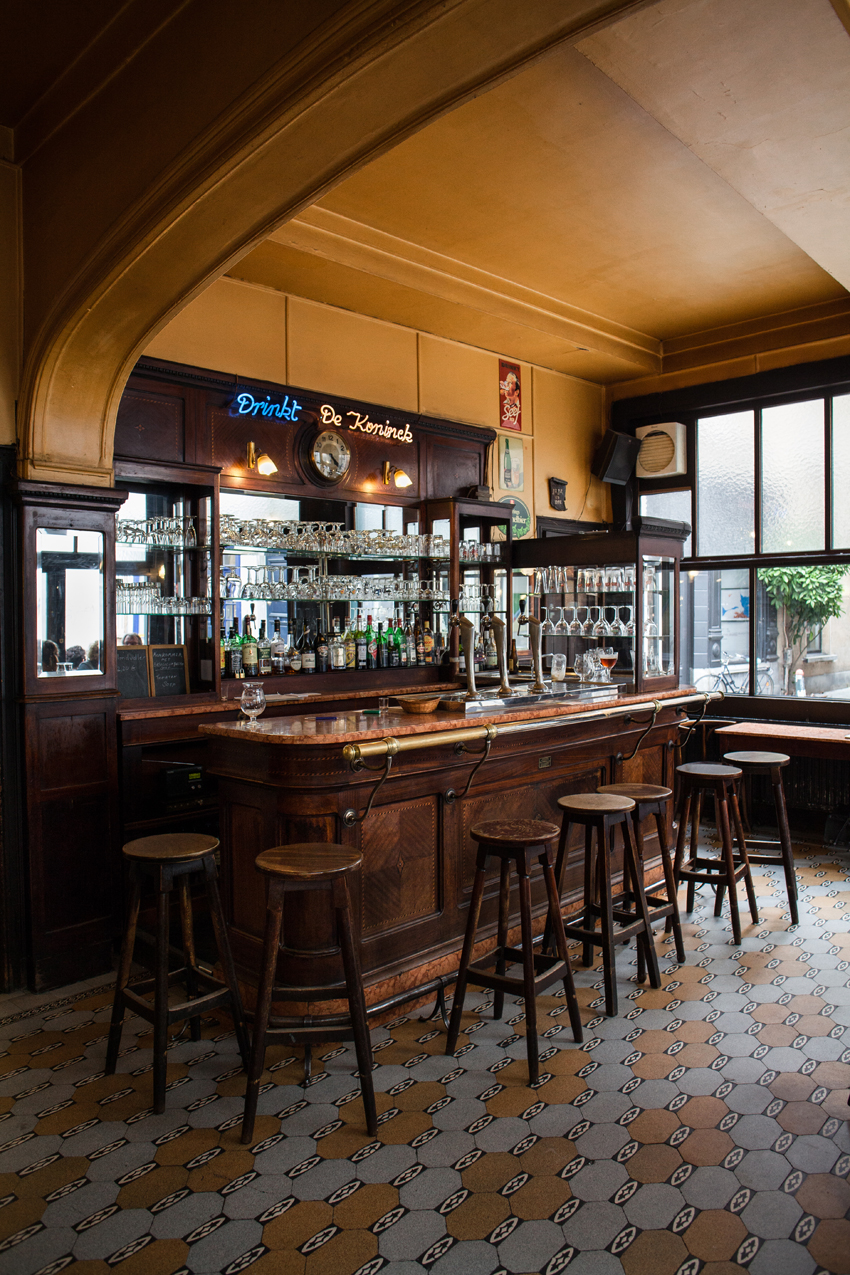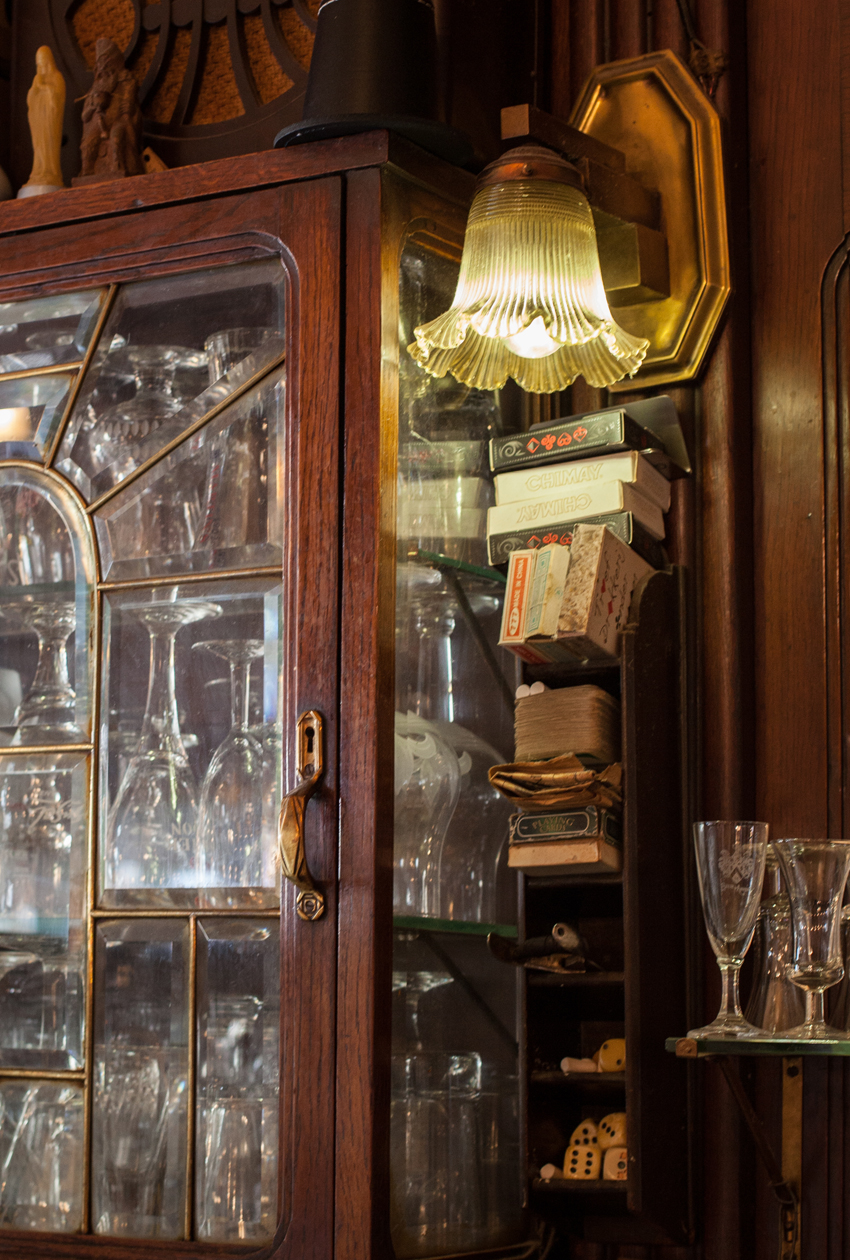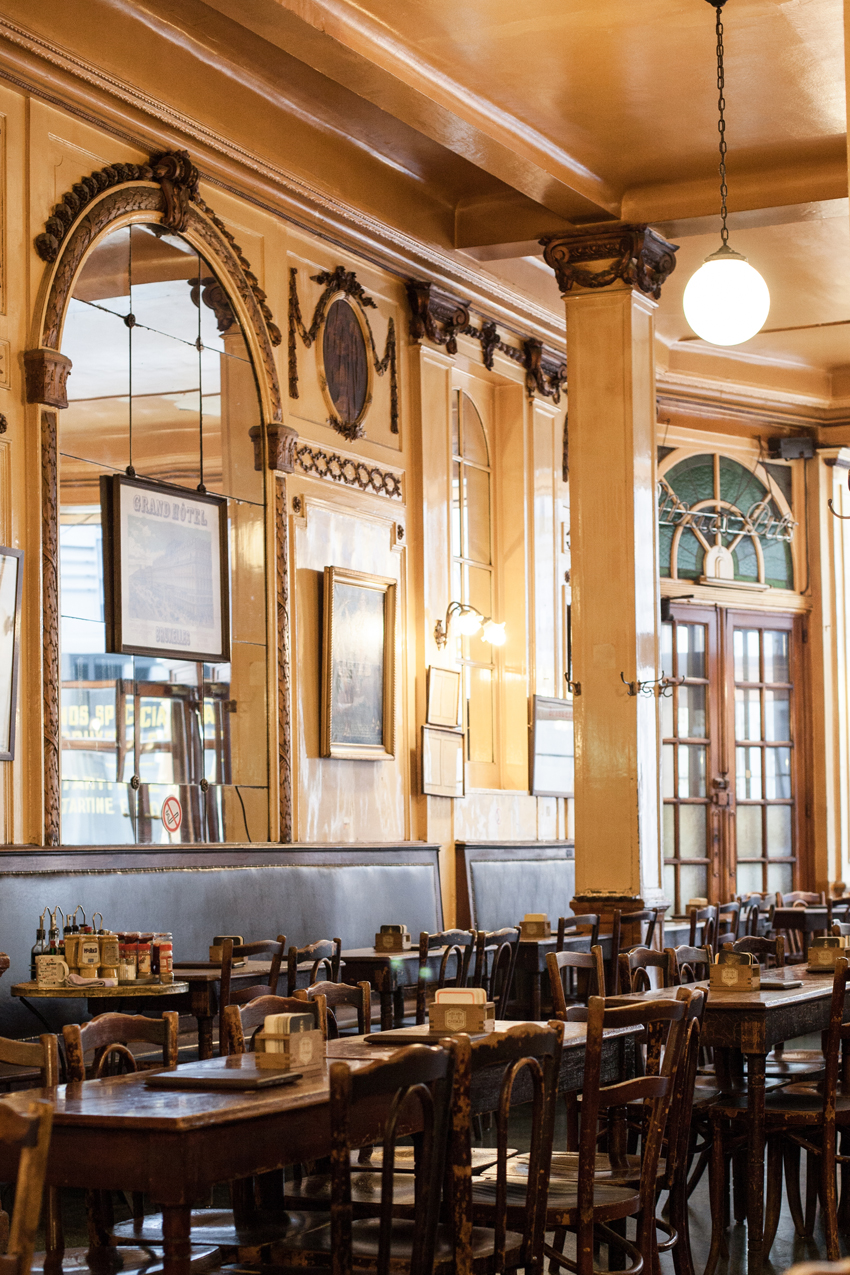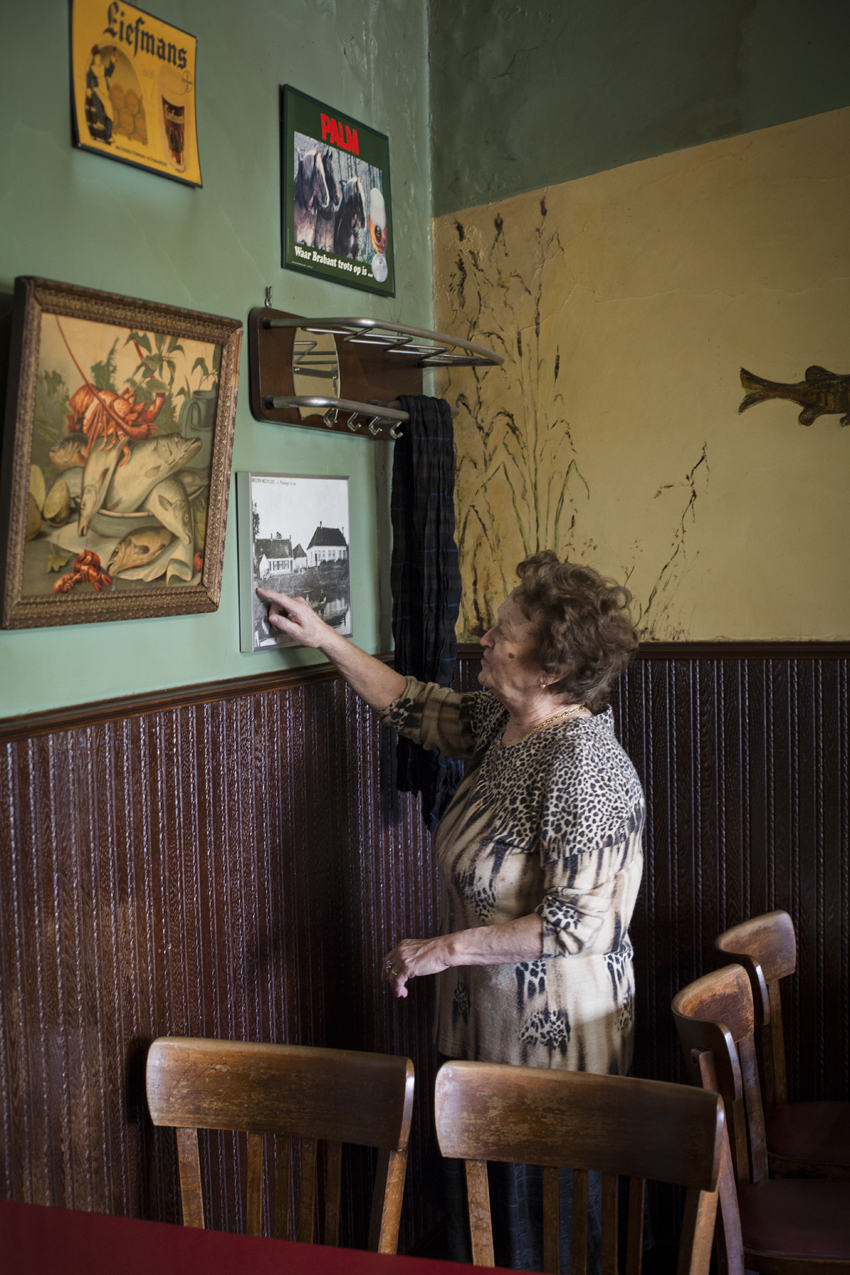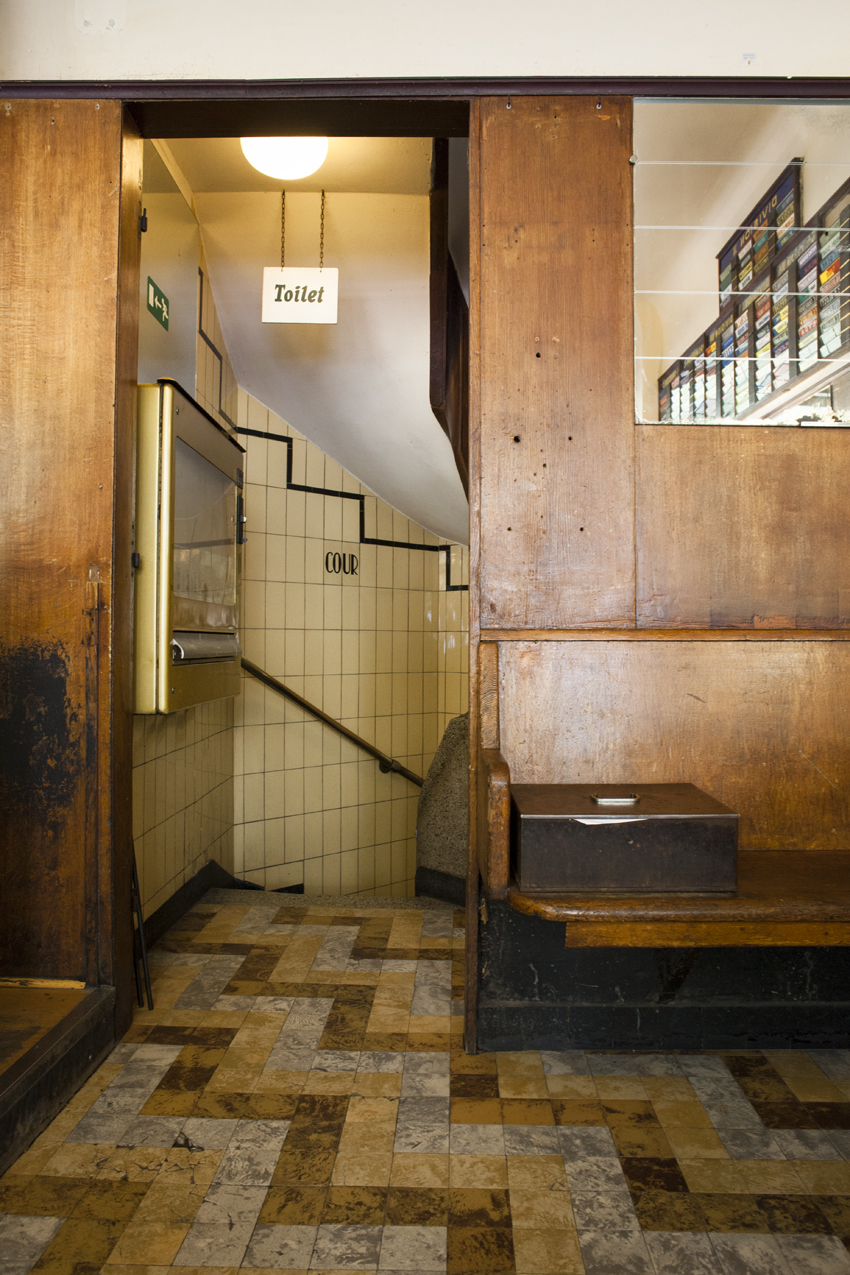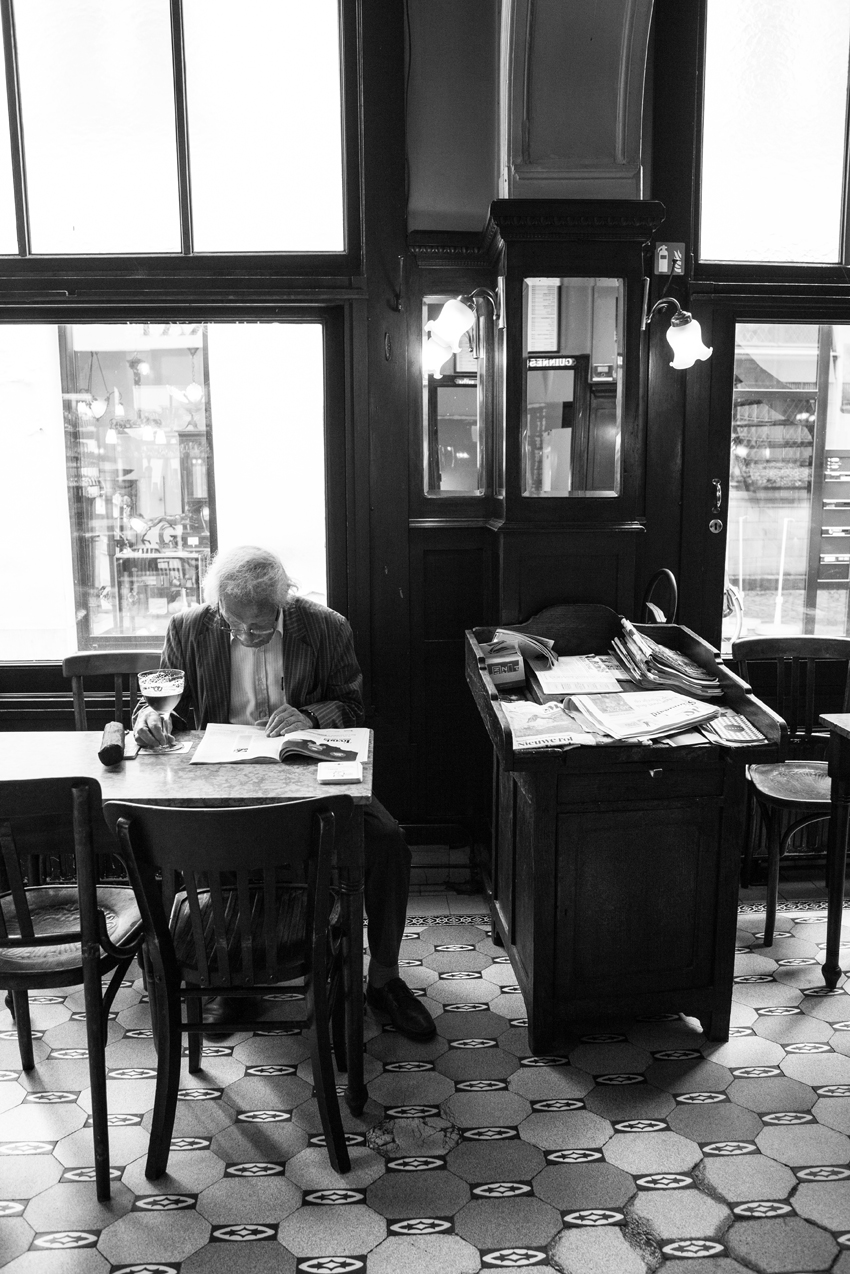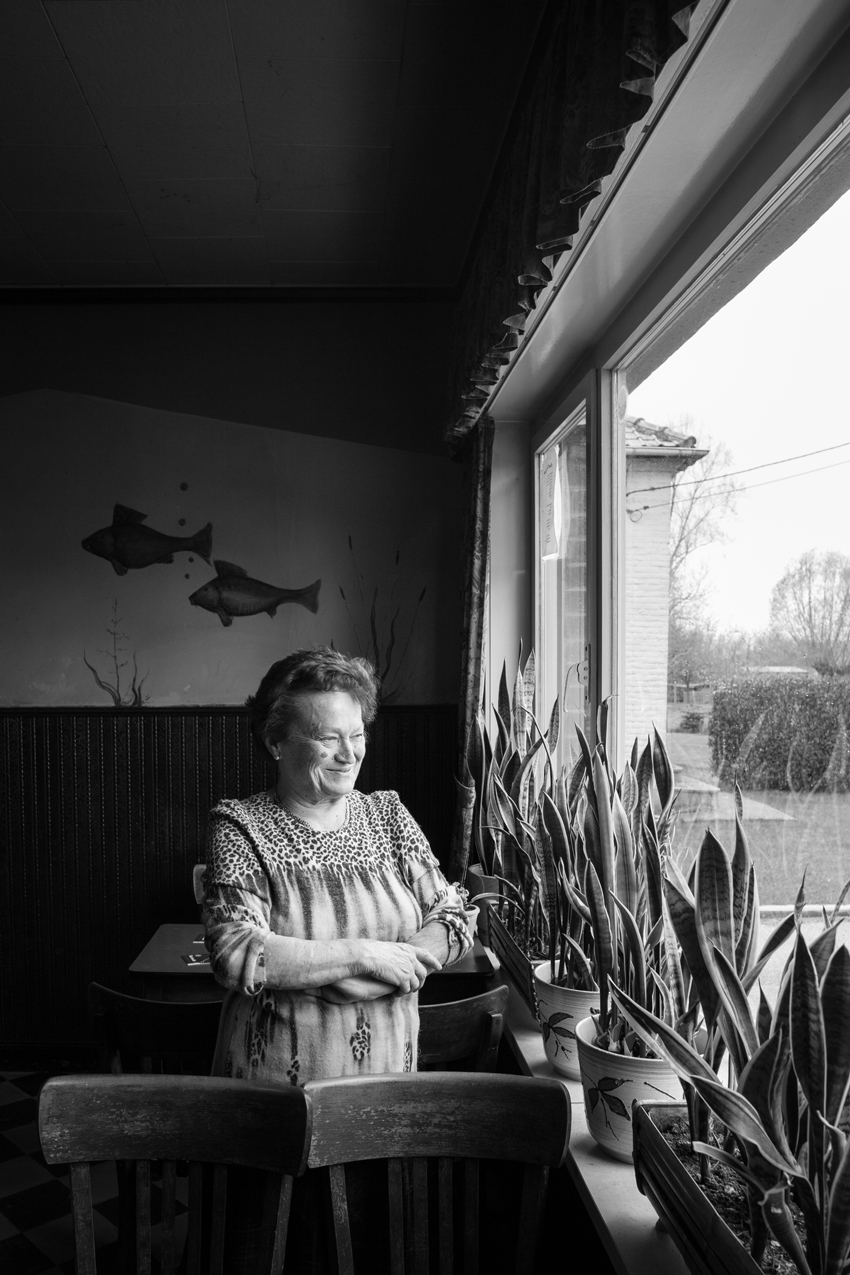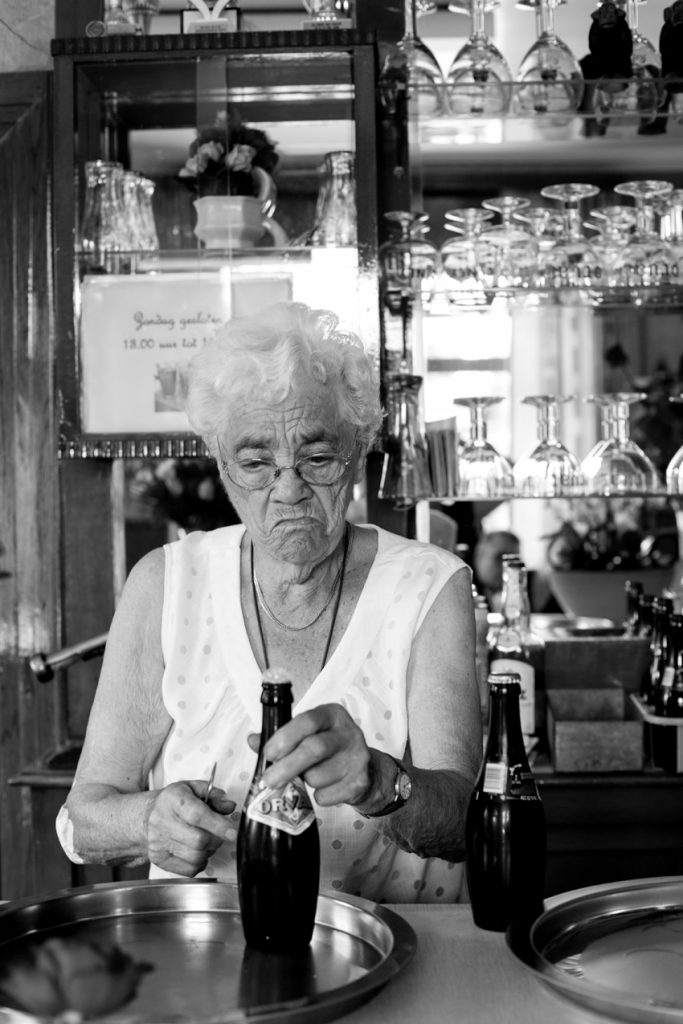The post Buns for Saint Hubert: Mastellen from Ghent appeared first on Miss Foodwise.
]]>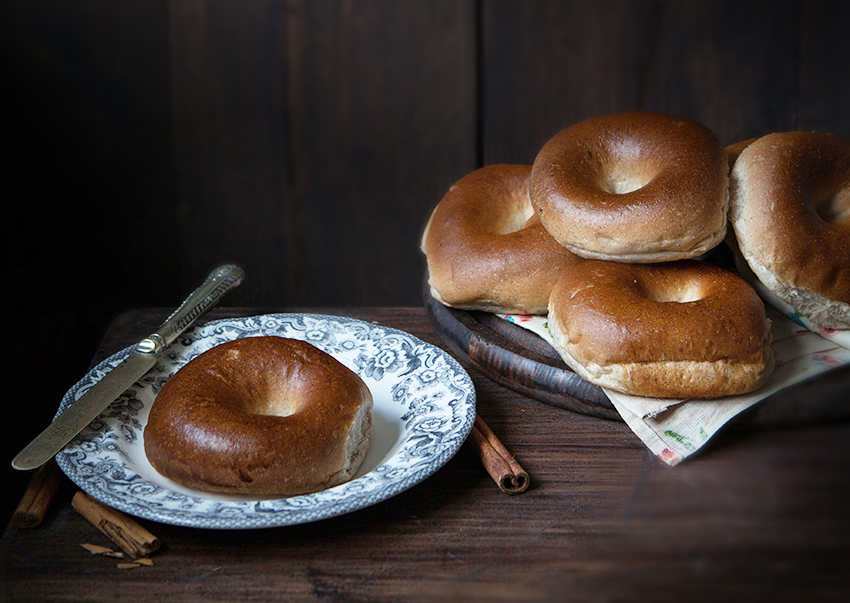 The city of Ghent ’s most famous bake is called ‘Mastel’ and it is a soft bun flavoured with cinnamon shaped into a round with a dimple in the middle made by pressing down four fingers in the dough. The name Mastel comes from ‘masteluin’ a bread mixture made with wheat and rye flour, it was an old practice to grow the two grains mixed on one single field to improve yield. Since medieval times the bun was consecrated by a priest and eaten as a preventative against hydrophobia or rabies on the feast of St Hubert on 3 november. Today the bun is often blessed on the 3rd of november but no one really believes it will protect them from hydrophobia or rage.
The city of Ghent ’s most famous bake is called ‘Mastel’ and it is a soft bun flavoured with cinnamon shaped into a round with a dimple in the middle made by pressing down four fingers in the dough. The name Mastel comes from ‘masteluin’ a bread mixture made with wheat and rye flour, it was an old practice to grow the two grains mixed on one single field to improve yield. Since medieval times the bun was consecrated by a priest and eaten as a preventative against hydrophobia or rabies on the feast of St Hubert on 3 november. Today the bun is often blessed on the 3rd of november but no one really believes it will protect them from hydrophobia or rage.
Mastellen are also sold dried to use for making a pudding called ‘Aalsterse Vlaai’ and the dried out bun was also often soaked in buttermilk to eat as a gruel. A custom that is in decline is that of the ‘ironed mastel’ where a mastel bun is sliced in two and spread with butter and a generous topping of brown sugar. The bun is then crushed under the weight and heat of an old fashioned heavy cast iron well eh – iron. The kind that used to be kept on the stove. The result is a crisp biscuit that resembles a Lackman waffle. Truly delicious. This ironing of the mastel is popular on the first weekend of august in the Ghent area called Patershol during the Patershol feasts, a jolly folk festival in one of Ghent’s most culturally diverse area, it is therefore also called Coté Culture. (Patersholfeesten are his weekend if you’re in the area! Also check previous post on where to go and eat in Ghent – I will be adding to this post over time.)
The custom of eating consecrated bread on St Huberts day comes from the story that the saint cured a man of rabies by giving him bread to eat. St Hubert was the Bishop of Liege and the patron saint of hunters, on the 3rd of november an event takes place in Liege where the hunting hounds, masters and staff are blessed by a priest. This date also marks the start of the hunting season.
There are other places where the custom of eating a special spiced bun or bread on St Hubert is still alive, the area round Essen in Belgium where they carry a carved in cross and are called ‘Huubkes’ after St Hubert and other areas of East Flanders of which Ghent is the capital. In the the Dutch town of Breda in Brabant, the buns are called Hupkes and the tradition is identical. God fearing farmers even ordered the consecrated buns to feed to their livestock to protect them from disease. Some bakers have to go to church with their baskets of mastellen, Huubkes, or Hupkes, other priests come to the bakery to give their blessing there.
Originally the St Hubert buns were flavoured with aniseed and in some areas they still are, others are made with raisins, but for as long as anyone can remember their seasoning in Ghent has been cinnamon, and I’m sad to say that even the cinnamon version is getting rarer as my local market in the town I just left, only sold a few with cinnamon, most of the mastellen were plain buns.
It is very possible the custom of eating a blessed bread, either with a dimple made with four fingers or a cross comes from pagan times as st Hubert is known for evangelising pagans in the Ardennes forests in Belgium (then France). The best way to assimilate is to take over customs, something christianity is famous for as many christian traditions are adaptations of pagan rites.
The recipe for these mastel buns are those that are sold today, the buns sold in the 8th century would have been much more heavy and not to modern taste. As with everything, the recipe evolved over time to what it is today.
Special thanks to Ilse Buyens, a former baker in the Essen area and a friend for nearly 20 years!
Recipe
What do you need, For 15 mastellen
- 500g bread flour
- 50g raw cane sugar (or plain)
- 2,5 g cinnamon (or anisseed, crushed)
- 230ml full fat milk
- 15 g dried yeast
- 70g butter, room temperature
- 2 medium free range eggs
- 10g seasalt
- 1 egg + 1 tsp of milk for egg washing
Method
Place your flour and sugar in the bowl of a mixer and add the cinnamon or other seasoning, warm the milk a little and add the yeast so that it can foam up.
Pour half your milk and yeast mixture in the mixer along with one beaten egg and the butter. Knead on medium and when combined add the rest of the milk and the second egg and finally the salt. Knead on slow for 15 minutes then let the dough rise for 30 minutes, covered.
Make balls of dough of about 50 grams per ball, let them rest for 10 minutes.
Now shape the balls to whatever shape you like, just plain round for a traditional shape, placed close to each other so they are stuck together after baking and place them on your baking tray, now press four fingers down in the middle to create the dimple. Cover with a cloth and let the buns rise for 40 minutes.
When you are ready to bake egg wash the top of the buns to give them a shine.
Preheat your oven to 225°c and bake for about 10 minutes or until golden brown.
Recipe for “ironed” Mastellen
Slice a bun in half, spread generously with butter, top with brown sugar, place between two sheets of baking paper and use a hot iron or a heated heave based pan to crush the bun. Some people use a toastie machine.
You might also like
This travel post for Ghent >
The post Buns for Saint Hubert: Mastellen from Ghent appeared first on Miss Foodwise.
]]>The post Galette Des Rois and other food celebrations appeared first on Miss Foodwise.
]]>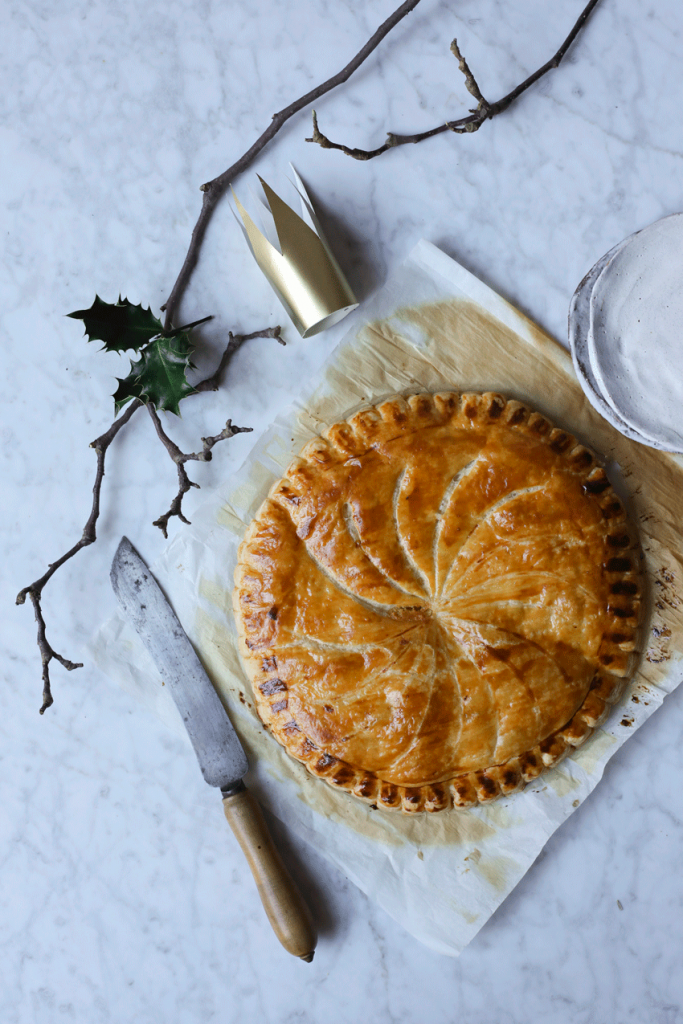 I hope you all had a wonderful Christmas if you celebrated it, and I wish you a smashing new year! There are lots of exciting things to come of which I will tell you more very soon but until then…
I hope you all had a wonderful Christmas if you celebrated it, and I wish you a smashing new year! There are lots of exciting things to come of which I will tell you more very soon but until then…
Since in the previous years I told you about English Epiphany or Twelfth Day celebrations, I thought I’d share the tradition of my side of the English channel with you today.
Like the Twelfth cake of which I wrote two years ago (see the post here), in my region we also have a cake, or tart with a hidden bean, coin or trinket.
It is called a ‘Three Kings Tart’ or ‘Driekoningentaart’, a puff pastry pie filled with the most satisfying almond filling which is when made well – addictive. If you find the bean or trinket in your piece of tart you are king for the day and the crown is all yours. To my regret I never found a bean in my piece of tart until two years ago. Oh the disappointment when I was a little girl, the frustration that it was always one of the adults who got the crown! I mean, they should have hidden it in my piece, shouldn’t they?? Traditionally the children would go out to sing from door to door for sweets and money, dressed up like the three kings.
We sadly haven’t got a traditional drink like the Lambswool (see that post here) which comes with the beautiful tradition of ‘wassailing’ which means to feast and run around the orchards to chase away evil spirits and wake up the trees.
I can’t tell you how much I adore this tart and the sight of bakery shop windows filled with ‘Galette Des Rois’ all topped with a festive golden paper crown. It reminds me of the stories I read about children gathering outside the bakery’s shop window to see the magnificent Twelfth Cakes over a century ago. The seasonal bakes that appear in bakeries always make my heart skip a beat. I walk passed Antwerp’s oldest bakery just to see the window display: the large speculoos figurines around Saint Nickolas, the chocolate eggs around Easter, the prune tarts when it’s Ash Wednesday and these terrific ‘Three Kings Tarts’ which the French and our French speaking Belgians call ‘Galette Des Rois’. In France the tarts are also known as Pithiviers, named after the town in the Loiret in the south of Paris, where they allegedly originated from.
This day we celebrate the arrival of the Three Wise Men, Three Kings or the ‘Magi’ visiting the newborn Jesus bearing gifts of gold, frankincense and myrrh. With this occasion the celebrational 12 days of Christmas conclude. Although in Belgium and mostly around Antwerp we have an extra food celebration on monday which is called ‘lost monday’ (lundi perdu or verloren maanday). On this day you eat puff pastry sausage breads (rolls) and apple balls (apples wrapped in puff pastry). There are many explanations about why these items are eaten on the first monday after ‘Driekoningen’ (Three Kings day). Some say this was the day the dock workers went back to work and were treated to a pint in the cafés by the docks by their foremen or employers. The café landlords would serve spicy sausage rolls so the workers would drink more beer, earning them a fair penny. The sausage rolls would not cost the café landlord much because he would buy meat that could not be sold for whatever reason, and the pastry would be made from cheap ingredients, some say also old. Probably leftover from christmas and therefore unsaleable. This theory sounds very possible since the tradition remained strong in Antwerp where we have the port and a a lot – although fading rapidly – dockworkers cafés (pubs). Because the workers were treated to a pint and wouldn’t go back to work afterwards, the day was considered ‘lost’, therefore ‘lost monday’. Another theory is that ‘lost monday’ actually was the day when some city officials took their oath, calling it ‘oath monday’ or ‘verzworen maandag, lundi parjuré. In this case it also means that this was a lost day, a day on which there wasn’t any work done.
After ‘Lost monday’ I already start looking forward to the next food celebration, ‘lichtmis’ or ‘candlemass’ short for this mouthfull: ‘Feast of the Purification of the Blessed Virgin Mary and Feast of the Presentation of our Lord Jesus’. This catholic feast with pagan roots is celebrated on the 2nd of februari and this when we eat pancakes. The saying goes “On Candlemass no woman is too poor to heat her pan” – obviously it sounds better in Flemish (Er is geen vrouwtje nog zo arm, of ze maakt haar pannetje warm) and although you think it means that even though people didn’t have much, they would still bake pancakes. Funnily enough the reference to the hot pan in old Flemish has sexual connotations. So maybe this was considered the day abstinence ended, or there was no abstinence – who knows! Something to look into, more old books to buy.
So lets look at this ‘Three Kings Tart’ and how you can make one yourself. May recipes suggest using almond essence, but if you know me a little you will know that if I can sneak apricot kernels into something – I will. Plus I hate artificial flavourings, I want the real deal because it is so much better. But if you can’t find apricot kernels (check organic shops, mostly online) you are allowed to use almond essence, but use a natural one – and organic if you can find it. I like Steenbergs but I’m in no way connected to them, I just like what they produce.
I prefer my tart thin, but if you want a thicker one, just double the measurements below except for the rosewater.
- 100 g of ground blanched almonds
- 15 g apricot kernels, blanched
- 1 tsp of rosewater
- 100 g of soft (not runny) farmhouse butter (get the good stuff), cubed roughly
- 90 g of golden cane sugar
- 2 eggs
- 1 whole almond, bean or coin
- 1 egg yolk and 1 tsp of milk for eggwashing
- 2 sheets of puff pastry (or make it!)
Method
Place your ground almonds into the bowl of your food processor – knife in place. Crush the apricot kernels in a mortar adding the rosewater as soon as they start to release their oil (or chuck it in whenever it will work, don’t worry too much). Make sure you don’t have too many big bits, its very bitter. Put with the ground almonds.
Place the butter in the food processor and pulse 4 times, then add the sugar and finally the eggs one by one. Pulse until smooth. Now I like to let that mixture rest for about 10 to 20 minutes, especially when you are using store bought ground almonds (you did, didn’t you?) which have dried out most probably. Don’t put it too warm, but also definitely not in the fridge. That said, the mixture should not be too runny either, so if your butter was too soft, do put it in the fridge for a few minutes.
Preheat your oven to 180°C
Roll out the first sheet of puff pastry and spread the filling on top about 1 cm thick. Brush water around the edge to put the lid in place, place the next pastry sheet on top and cut around the filling leaving an edge of about 3 cm (see pictures) . Now crimp the edges with a sharp knife and your finger (careful there). Hide your bean, almond or coin in the filling.
Generously eggwash the pastry and then cut in a design.
Place in the middle of the preheated oven on a heated baking sheet, for 30-40 minutes.
Make sure the child at the table gets the bloody bean!
Until next time
x
Regula
The post Galette Des Rois and other food celebrations appeared first on Miss Foodwise.
]]>The post My Books: Belgian Café Culture appeared first on Miss Foodwise.
]]>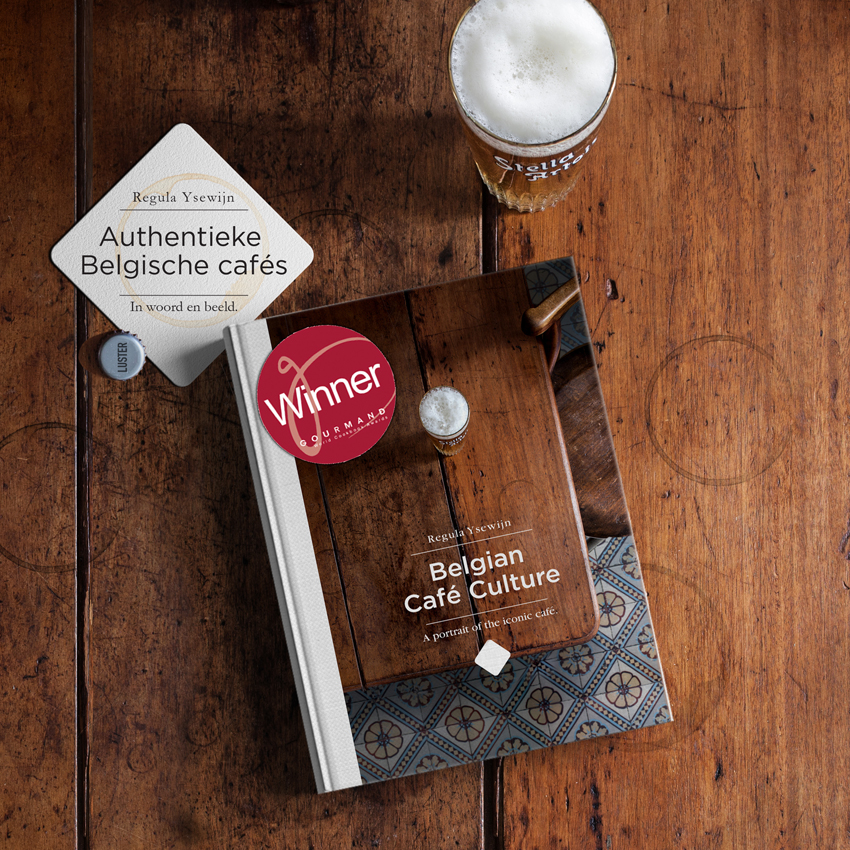
UPDATE 2021 – Belgian Café Culture is getting a 5 year anniversary edition with a new cover! I am so very pleased! Publication date in early November!
A week after the launch of Pride And Pudding, exactly one year ago, I started working on a new book, a passion project…
This book ‘Belgian Café Culture / Authentieke Belgische Cafés (in English and Dutch) is a plea to carefully handle the fragile café heritage of Belgium. For too long have we taken these little cafés for granted. Not enough have we stopped to think about their history and their relevance in our culture. They are part of our social and cultural patrimony in Belgium. When I walk the streets, everywhere I look I see forgotten and lost cafés.
When I read in the papers that a much-loved café was going to close down I went to visit it, to talk to the people there who were about to lose their local. I was probably one of the last to document it. Nothing could be done; the owners of the building wanted to renovate the café and there is wind of a more hipster implementation. For this reason alone a lot of authentic cafés have had to go.
But the need for modernisation is not the only reason why so many old Belgian cafés disappear. The ones that have been in the family for generations often disappear because there are no children who want to take over, or because no-one dares to take over an old-fashioned café. The cafés that have been closing in the last 5 years mostly become residential dwellings. All that remains are the memories of those who used to drink there.
A café can be the centre of a community, where people laugh and cry together over a glass of ale. Where disagreements are settled with words and sometimes with the fist. But where people often help those who are in need. Listen to those who would otherwise only have silence as a reply. Births and weddings are celebrated, but so are the dead.
Clubs meet at cafés and in the past they also doubled as village or theatre halls. Cafés often had a small shop, a smithy, a hairdresser or a butcher’s shop. This was very common before the 1980s. Today there’s only one café shop left and you can count the café hairdressers on one hand.
In the larger cities the cafés were also where people waited to be given work from the factories or the docks. It was also where they were paid at night. A café landlady from Antwerp remembers the drama well when men spent their entire wages on beer and went home without a dime. There was a café on every street corner in those days…
This book is dedicated to the landlords and ladies who have been running these cafés for generations or have been preserving the original interiors purely out of understanding of their importance. This book is not about me, it is about them and their livelihoods. Our Belgian Café.
Belgian Café Culture or Authentieke Belgische Cafés is a bilingual edition English/Dutch. Published by LUSTER, 272 pages and hardback finish.
Written, photographed and designed by your truly. The cover is by my husband Bruno Vergauwen.
If you’d like a signed copy (25 euro plus shipping), or a signed copy with a signed photo print (50 euro plus shipping), please get in contact. There is a Dutch and an English cover.
Alternatively you can also contact the publisher directly or go to your local bookstore (in Belgium) or order online at the usual places (Amazon, or Waterstones to name two)
I will be sharing the limited edition version soon, this will contain a signed book, signed photoprint, and a ‘Zageman’ a kinetic toy used in Belgian Cafés in the past (why you’ll read in the book where I explain the folkloristic customs). This edition will be limited to 10 only, and will be available for 99 euro plus shipping, or 150 euro for a painted ‘Zageman’ kinetic toy. More info and pictures soon, we’re making the ‘Zageman’ as we speak. (See the video here for a preview >)
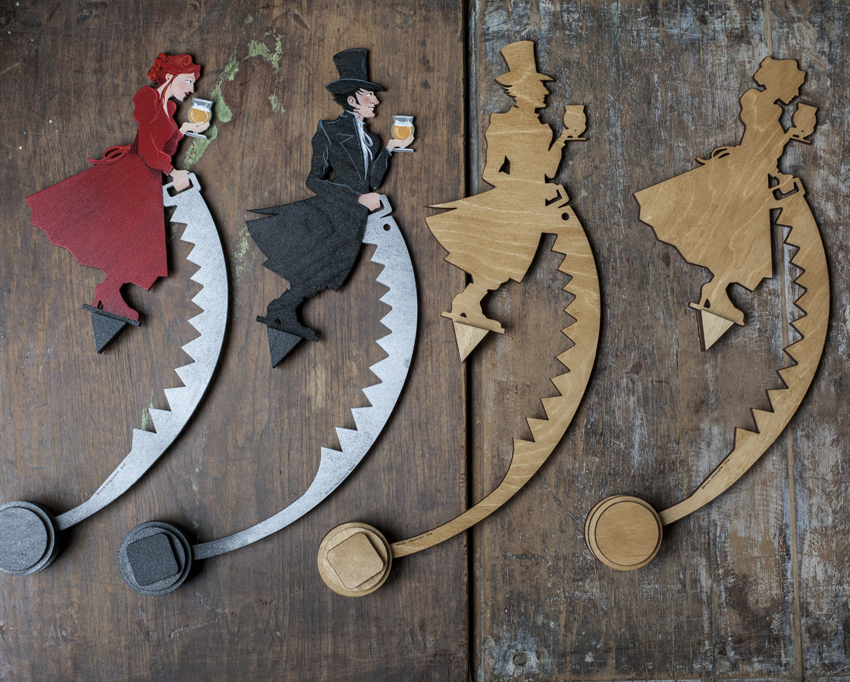
My husband created these amazing kinetic toys which were traditionally used in Belgian cafés! Available for sale, just a few of them 
For press get in touch by emailing me.
Because I want to share this book as much as I can to tell people about this fading heritage, I’m giving away 2 copies of the book. I’ll pick from the comments below, just tell me why you think this is important to be documented, or tell me about fading heritage in your country or region. Or another story! Post! Let’s get this conversation going!!
Update: The winners are Gabriela Athayde and Rossella Di Bidino. Please get in touch with your address! (see my email on the contact page!)
Some Reviews
In Dutch:
English
French
The post My Books: Belgian Café Culture appeared first on Miss Foodwise.
]]>